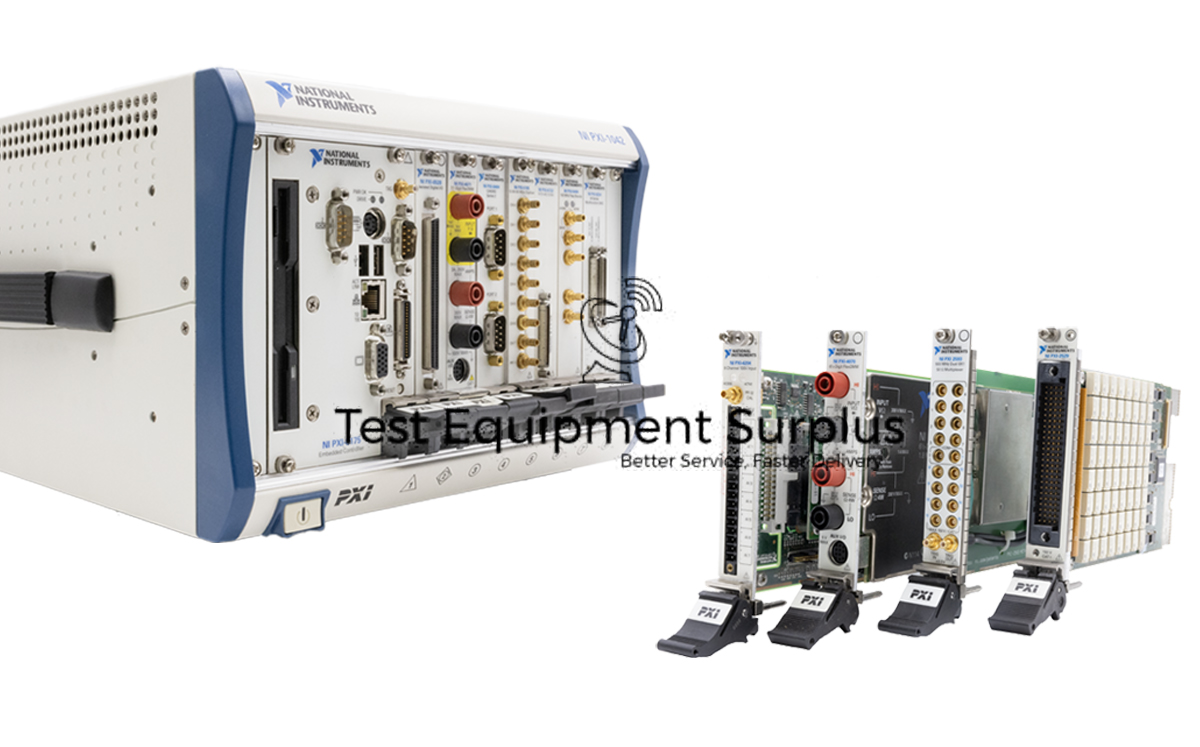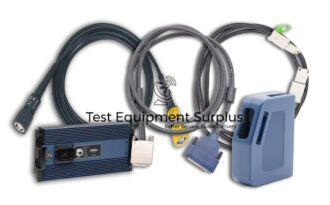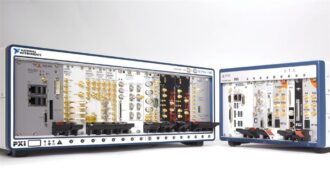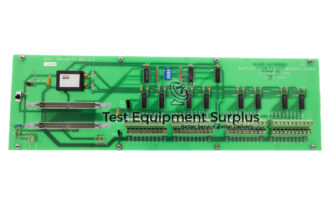Description
The National Instruments PXI-8463/2 PXI-CAN Interface, with its part number 778780-02, serves as a high-functionality Controller Area Network (CAN) Interface capable of operating as the master device in a system. This interface is particularly designed to be placed on the top of the boards and utilizes a flat cable to facilitate connections between adjacent boards.
Synchronization is seamlessly integrated through the use of the PXI trigger bus located on the backplane, eliminating the need for additional cables and simplifying the setup. The PXI-8463/2 boasts a maximum data transfer rate of 1 Mb/s, ensuring efficient communication speeds for various applications.
In terms of compatibility and form factors, National Instruments offers a range of options including the PCI-CAN, which is a shorter PCI board format, the PXI-8461, a 3U module that adheres to both PXI and CompactPCI standards, and the PCMCIA-CAN, a PCMCIA Type II card designed to comply with the PC Card standard.
| Attribute | Details |
|---|---|
| Product Name | National Instruments PXI-8463/2 PXI-CAN Interface |
| Part Number | 778780-02 |
| Type | Controller Area Network (CAN) Interface |
| Role | Can act as the master device |
| RTSI Bus Connector Location | On the top of the boards |
| Cable for Connection | Flat cable to connect nearby boards |
| Synchronization | Supported via PXI trigger bus on the backplane, no extra cables needed |
| Maximum Data Transfer Rate | 1 Mb/s |
| PCI-CAN | Short PCI board format |
| PXI-8461 | 3U module, compatible with PXI and CompactPCI standards |
| PCMCIA-CAN | PCMCIA Type II card, compatible with PC Card standard |
Question 1: How does the National Instruments PXI-8463/2 PXI-CAN Interface ensure efficient synchronization without the need for extra cables in its system setup?
Answer 1: The flat cable used in conjunction with the National Instruments PXI-8463/2 PXI-CAN Interface, part number 778780-02, is designed to facilitate connections between adjacent boards within the system.
Question 2: What is the function of the flat cable used in conjunction with the National Instruments PXI-8463/2 PXI-CAN Interface, part number 778780-02?
Answer 2: The National Instruments PXI-8463/2 PXI-CAN Interface ensures efficient synchronization without the need for extra cables by utilizing the PXI trigger bus located on the backplane, which allows direct communication between boards for coordinated timing.
Question 3: What is the maximum data transfer rate of the National Instruments PXI-8463/2 PXI-CAN Interface, and how does it achieve synchronization with other boards?
Answer 3: The maximum data transfer rate of the National Instruments PXI-8463/2 PXI-CAN Interface is 1 Mb/s, and it achieves synchronization with other boards through the PXI trigger bus located on the backplane, which allows seamless integration without the need for additional cables.
Question 4: What features enable the National Instruments PXI-8463/2 PXI-CAN Interface, part number 778780-02, to effectively function as a master device in a CAN system, and how does it achieve synchronization between boards?
Answer 4: The PXI trigger bus located on the backplane in the functionality of the National Instruments PXI-8463/2 PXI-CAN Interface is used to facilitate synchronization between modules without the need for additional cables, thereby simplifying the setup process.
Question 5: What is the role of the PXI trigger bus located on the backplane in the functionality of the National Instruments PXI-8463/2 PXI-CAN Interface?
Answer 5: The National Instruments PXI-8463/2 PXI-CAN Interface, part number 778780-02, effectively functions as a master device in a CAN system through its high-functionality design and use of a flat cable for board connections, while it achieves synchronization between boards via the PXI trigger bus on the backplane, which facilitates integrated and cable-free synchronization.





